Gardener Scott's top 5 tips for companion planting – they will change the way you think about growing plants together
Is companion planting all it's cracked up to be? What plants should be grown together? Gardener Scott answers your questions
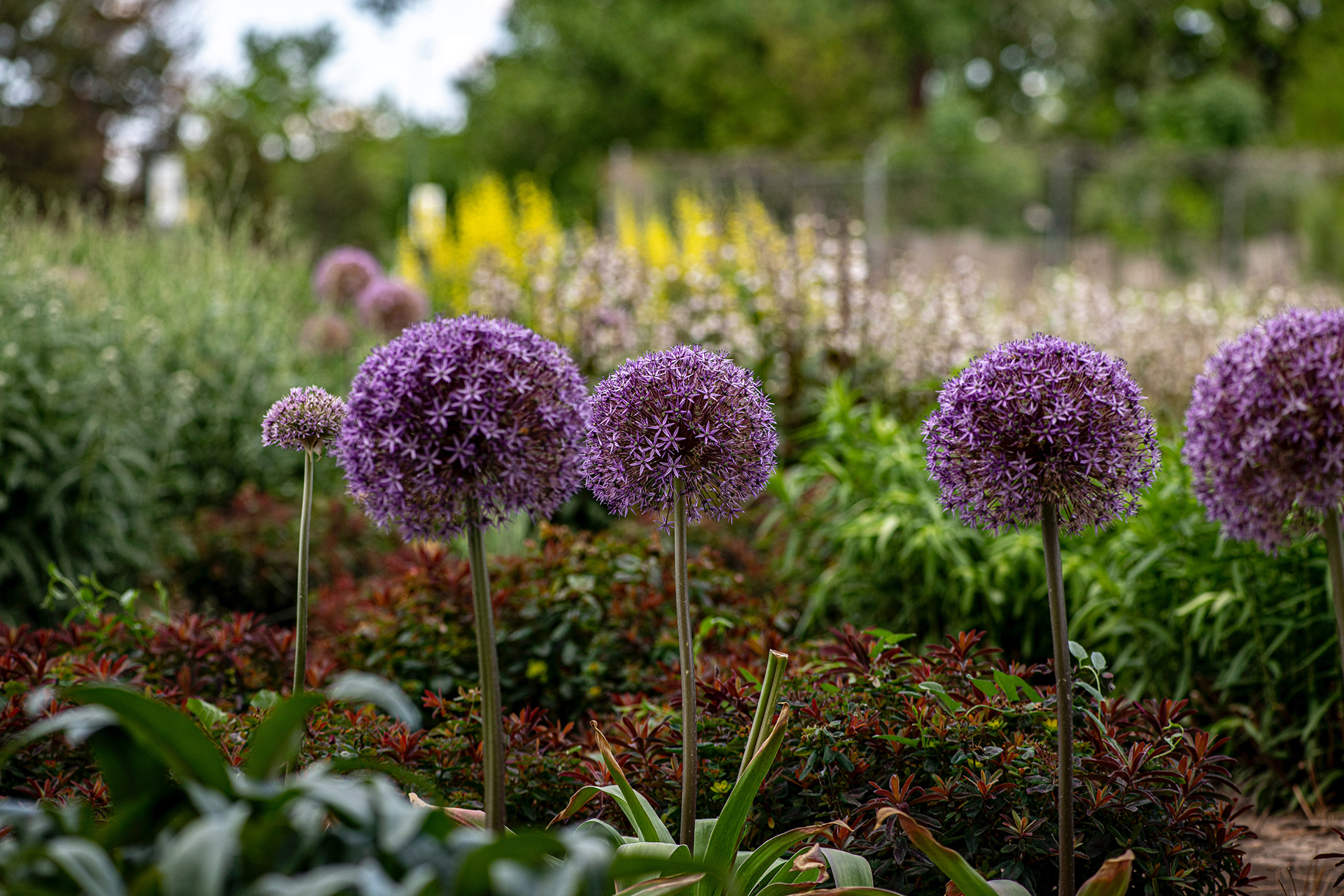

Gardener Scott's companion planting tips may well change how you think about this popular garden planting technique. Companion planting is advocated for its supposed numerous benefits, from keeping garden pests at bay to enhancing the taste of certain vegetables.
But is companion planting really as useful as it's claimed to be? The Colorado-based gardening expert says that it's definitely worth doing – just not for the reasons you might think.
1. Consider not companion planting from the same plant family
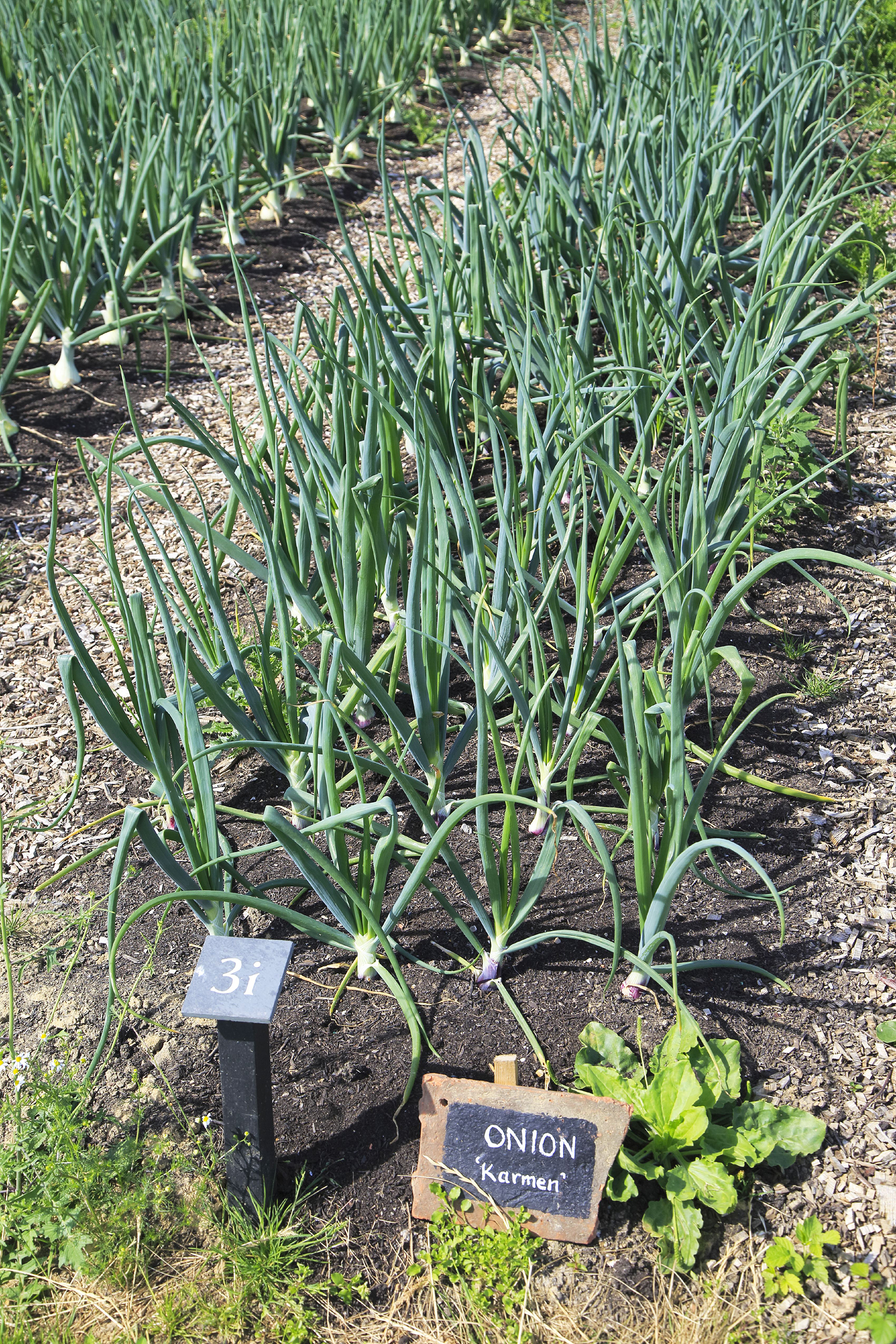
A viewer asked Gardener Scott during a recent live stream if it's a good idea to plant garlic, leeks, and onion in the same bed. After all, as far as vegetable gardening is concerned, it's one of the most popular raised bed garden ideas that involves companion planting.
Gardener Scott confessed that he himself doesn't like planting different alliums together. The reason? 'Essentially, it becomes a mono crop', he explains, which leaves all the plants vulnerable to a pest attack. These plants are so closely related that 'you open yourself to the possibility of losing everything' if you have caterpillars that year, for example. If you plant them apart, however, you 'may lose them in one bed' but are 'less likely to lose plants in other beds'.
See: Onion companion planting – the best plants to grow alongside onions
2. Aid pollination by combining plants of different heights
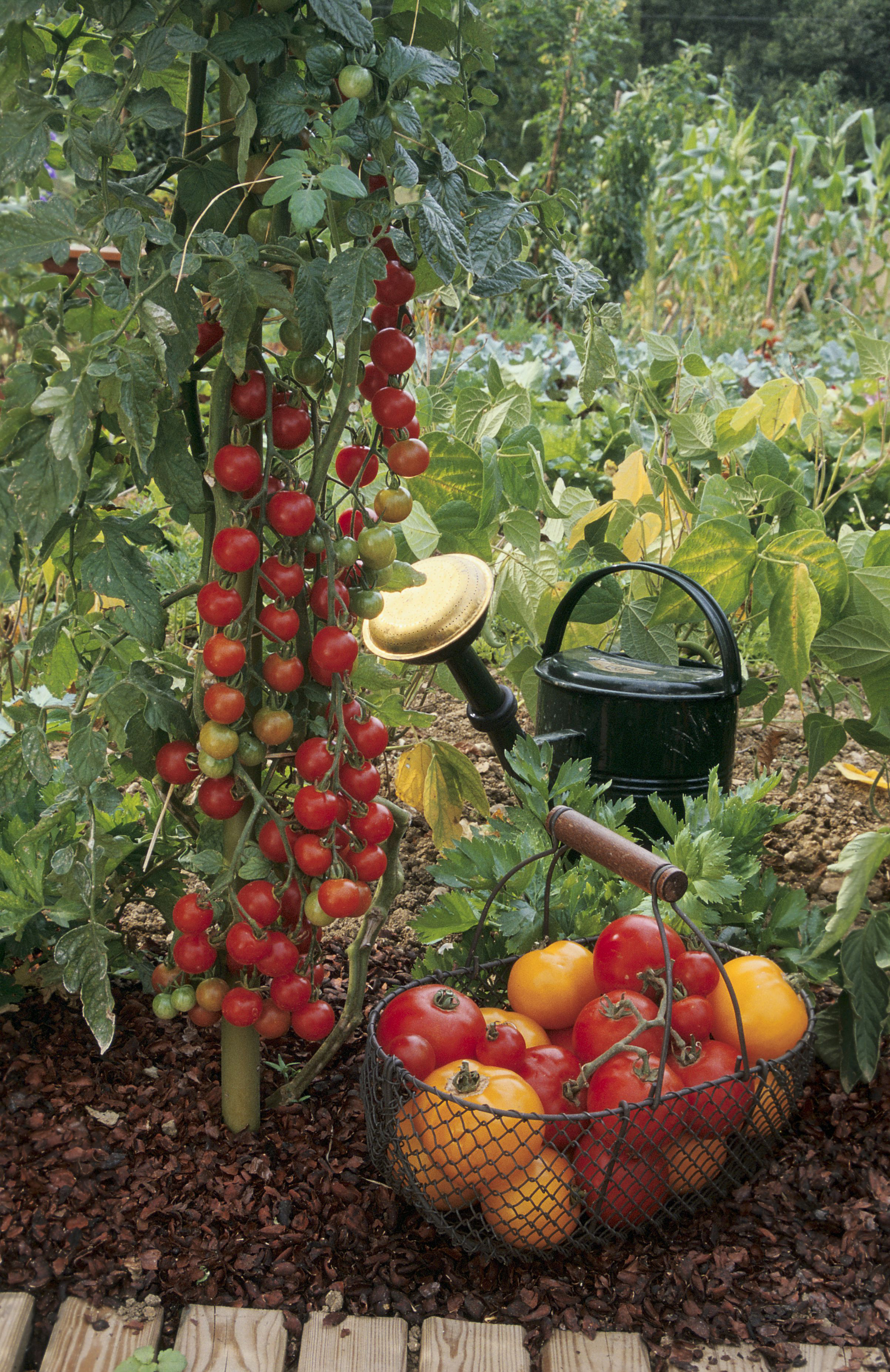
Layering plants of different heights is one of the most basic garden edging ideas, but Gardener Scott suggests that there's an even better reason why you should consider this simple form of companion planting – especially if you rotate the traditional 'tall plants at the back, short at the front' scheme 180 degrees.
If you live in an area with scorching hot summers, planting in a way that ensures taller plants throw shade over shorter plants 'may give you an extra fruit set'. This is because you have 'a cooler more humid environment' and so 'plants that are in the shaded area are more likely to have pollination in the morning when it's cool.'
Sign up to the Homes & Gardens newsletter
Design expertise in your inbox – from inspiring decorating ideas and beautiful celebrity homes to practical gardening advice and shopping round-ups.
Squashes, for example, have 'pollen that's only good for a day', so there's a very brief period when they can be pollinated by insects. If you give them shade you're extending the time available to pollinators during the day, giving you a better crop.
3. Save space in a small garden by letting plants share supports
If you have a trellis, consider using two plants that can use the same trellis. Beans and cucumbers, for example, make excellent companions – just make sure they're growing either side of the the trellis so that both get enough sun.
See: Cucumber companion planting – the best plants to grow with cucumbers
This is nothing more than a space-saving technique, very useful in smaller gardens. In fact, as Scott insists, 'most plants can grow side by side as long as you give them enough water, and the soil has enough nutrition.'
4. Forget about using companion planting as pest control
This is a persistent gardening myth Gardener Scott is keen to dispel. 'Many people think of companion planting as pest control, and that's seen as the exclusive reason to companion plant.'
However, 'there are fewer benefits than you might think'. For example, the popular idea that marigolds repelling pests 'really doesn't play out in lab studies'. Of course, you can still plant these lovely flowers in your beds – but adding them won't get rid of aphids in your roses.
Gardener Scott opines that companion planting is 'more than growing two plants side by side' so that they help each other out. Usually, 'it just makes sense to plant them together' to save space. The other important 'real factor' is the quality of your gardening – 'it is you taking care of those plants so that they do well' not the plants doing that care for each other.
5. Does basil make tomatoes taste better? Not necessarily, says Gardener Scott
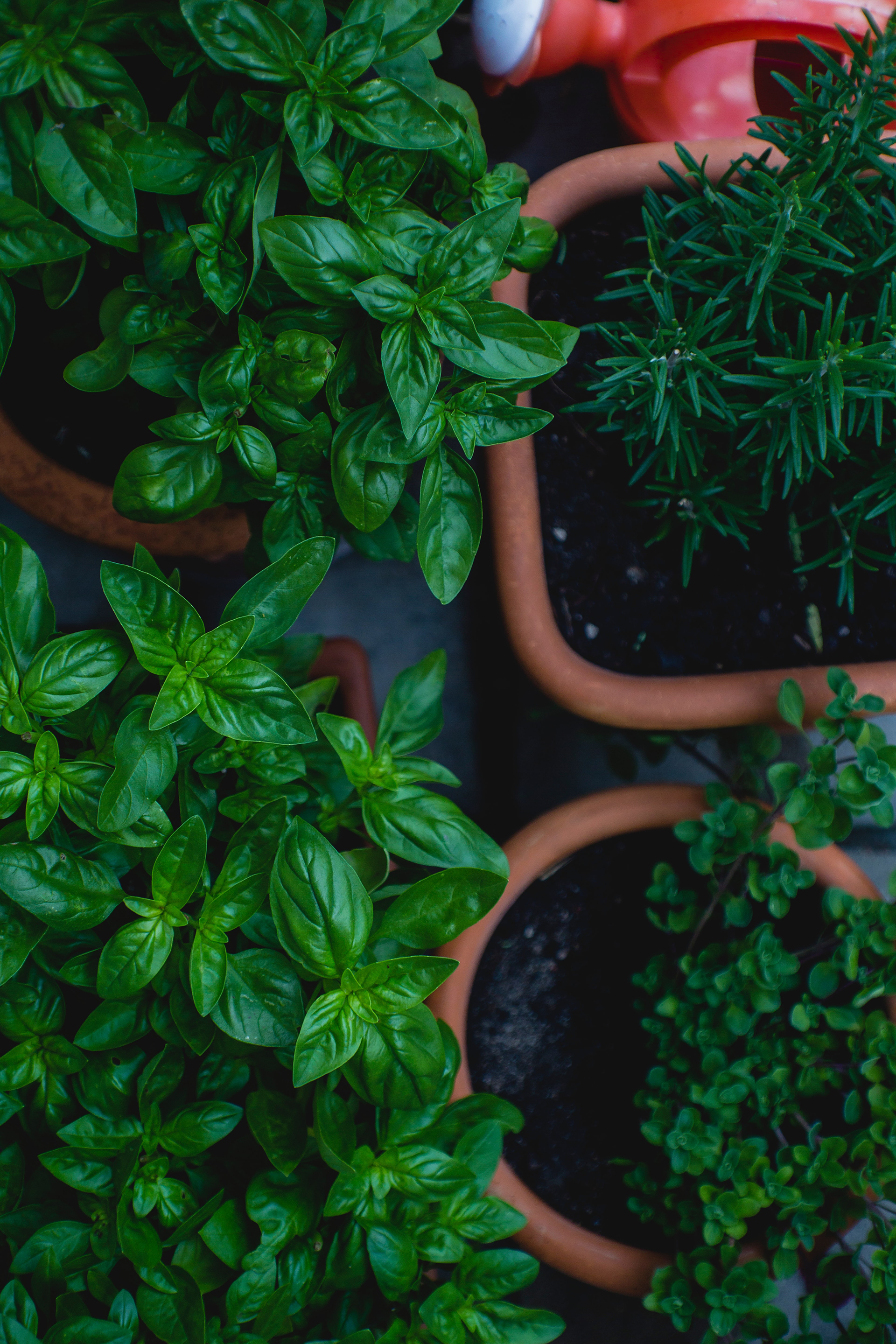
'There's zero research to support that', Scott insists when answering a question about this popular tomato companion planting technique. Again, he cautions against the 'overreaching philosophy' around companion planting, instead stressing the convenience.
'I grow my basil because I like a nice Caprese salad, so I can 'pluck some basil leaves at the same location as my tomatoes'. And if they taste amazing that's because you looked after them and then picked them both 'at the peak of their flavor'.

Anna is a professional writer and academic. She taught English Literature for several years before joining Future where she wrote for Real Homes, Homes & Gardens and Livingetc for four years. She is a regular contributor for Parade Home, BiggerPockets, and many other publications. In her spare time, Anna enjoys hiking and gardening.
-
 Grace Kelly's former living room set the blueprint for quiet luxury – you can explore her NYC penthouse (listed for $3.25 million)
Grace Kelly's former living room set the blueprint for quiet luxury – you can explore her NYC penthouse (listed for $3.25 million)A unit in the storied Manhattan House, where Grace Kelly, Benny Goodman, and Shirley Jackson have lived, has hit the market – it's a masterclass in neutrals
By Hannah Ziegler Published
-
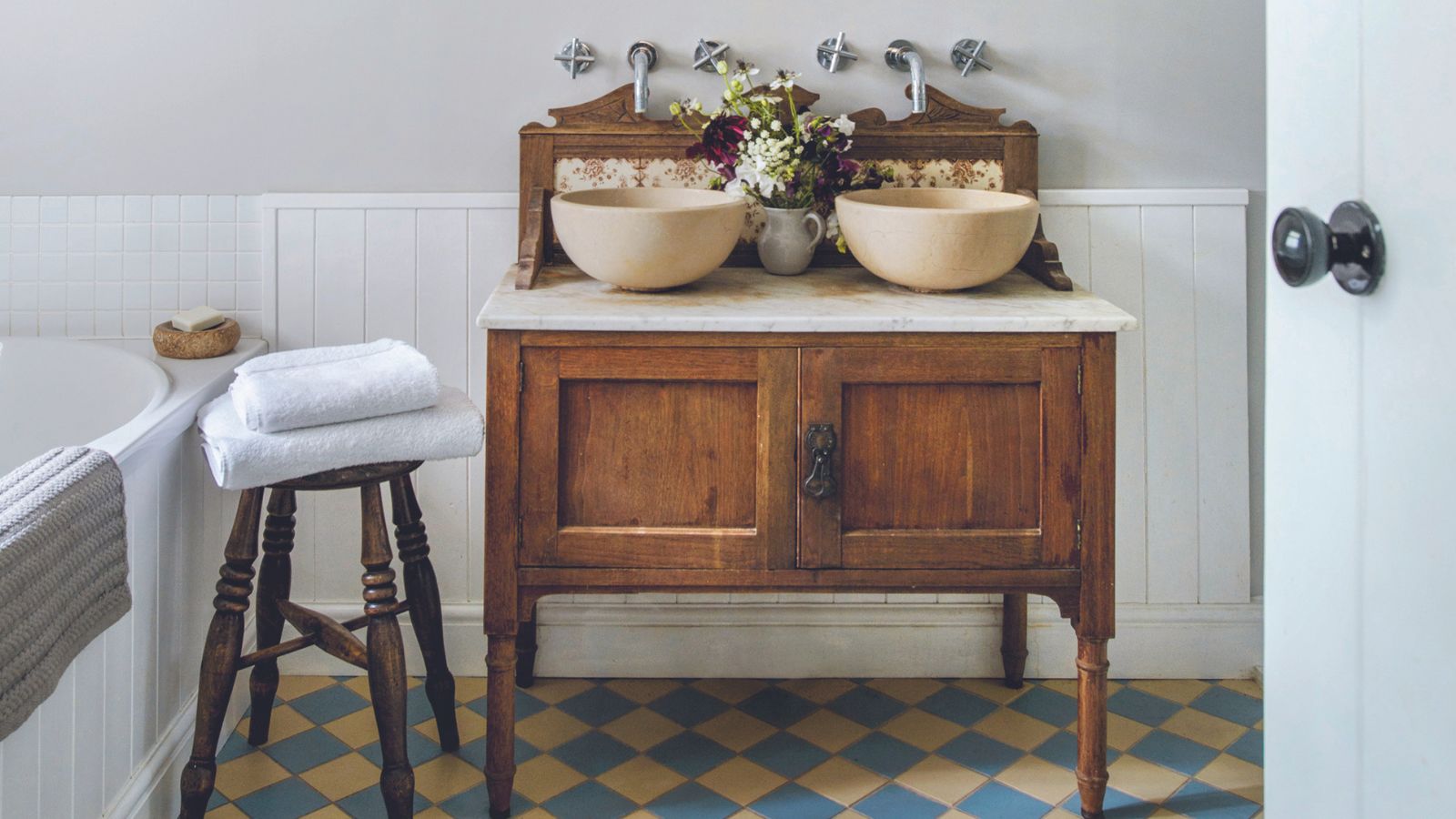 I'm 5ft2 and this telescopic scrubber safely and easily banished mold and grime in even the hardest-to-reach areas of my bathroom in less than 15 minutes
I'm 5ft2 and this telescopic scrubber safely and easily banished mold and grime in even the hardest-to-reach areas of my bathroom in less than 15 minutesMy bathroom has never looked better thanks to this handy $16 two-in-one tool from Joseph Joseph
By Ottilie Blackhall Published